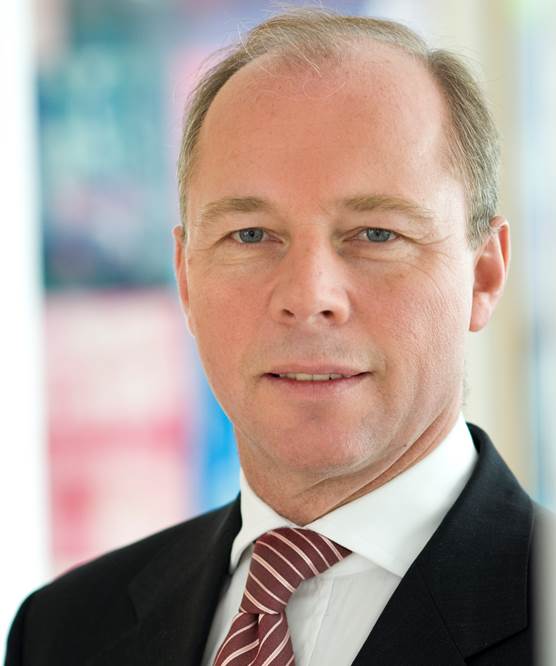With the cessation of QE net purchases at year-end, 2018 will be known as the year when the ECB reached the end of its monetary easing path. Meanwhile 2019 will mark the beginning of monetary tightening. Assuming that the Eurozone economic upswing remains intact, we expect the ECB to raise rates next year for the first time since 2011 starting off with a 15bp deposit rate hike in September followed by a 25bp hike in all rates in December. For the great unwind to proceed without any tantrums, the ECB will put safety nets in place including the reinvestment of maturing bonds to keep long-term yields in check, an extended forward guidance beyond the first rate hike to ensure market expectations do not deviate from ECB intentions and a new round of TLTRO funding to support lending conditions. As the ECB gradually pulls back, the role of market discipline will strengthen again. For countries that are not tackling their macroeconomic imbalances room for policy errors will become ever more limited.

Eurozone: ECB – starting shot for the great unwind in 2019
20 December 2018
Download the PDF
Authors
Dr. Michael Heise















